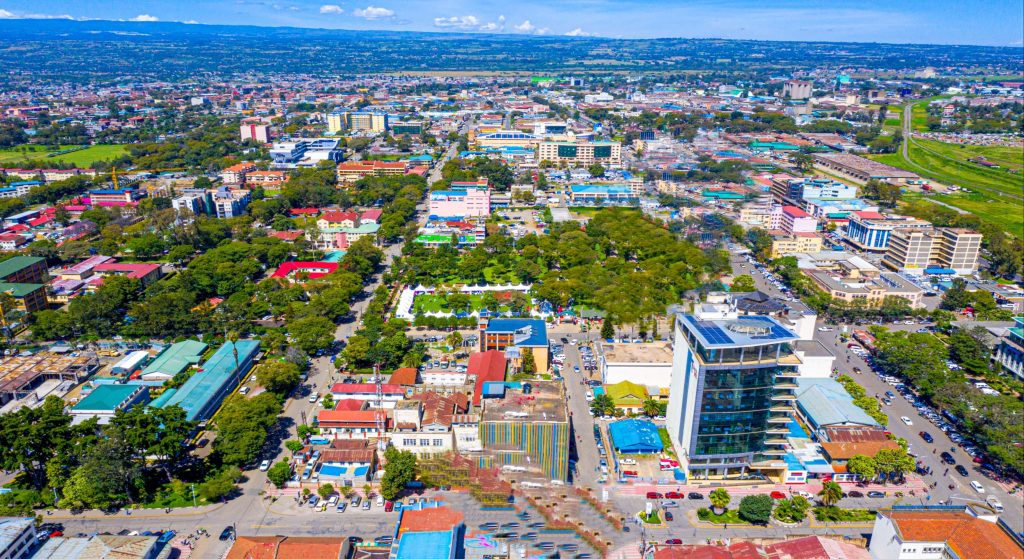- Since immemorial, the forest has been a boon to the surrounding communities and wildlife, all in accordance with its healthy ecosystem.
- There is myriad wildlife diversity, as it hosts a variety of snakes, a collection of bird species and is also a worthy habitat for several monkey breeds.
Mini Charms of Kamgoin Community Conservancy
28 May, 2024 03:56 PM

Kamgoin Conservancy, situated a few kilometres from Kabarnet, Baringo, has an established tourism sector precipitated by its unique, impressive scenic areas and diverse wildlife.
Since immemorial, the forest has been a boon to the surrounding communities and wildlife, all in accordance with its healthy ecosystem.
The Tugen people are advocates of its benefits, as they have utilized the forest for agricultural activities such as small-scale farming and livestock rearing.
There is myriad wildlife diversity, as it hosts a variety of snakes, a collection of bird species and is also a worthy habitat for several monkey breeds.
The archival imprint defines the conservancy because it is home to indigenous trees that date to over 300 years of age, a site that awes tourists.
Accommodation of endangered flora and fauna, such as the white and black colobus monkeys and the sandalwood tree species, adds to its already beautified profile.
The list of merits for the environs of this conservancy is endless considering it is a source of water and it also caters to the health of the communities by provision of herbs.
Kamgoin Conservancy is also a frontier in preserving culture, following the assurance by its custodians of passing the knowledge of its significance from one generation to the next. This has, in turn, guaranteed continuous conservation activities in efforts to protect this historic treasure.
Unfortunately, human encroachment has led to skimming off a considerable portion of the forest to facilitate space for infrastructure demanded by the growing population. Climate change is also a threat to the forest's sustainability.
Related Topics
Leave a comment
No comments yet. Be the first to share your thoughts!






